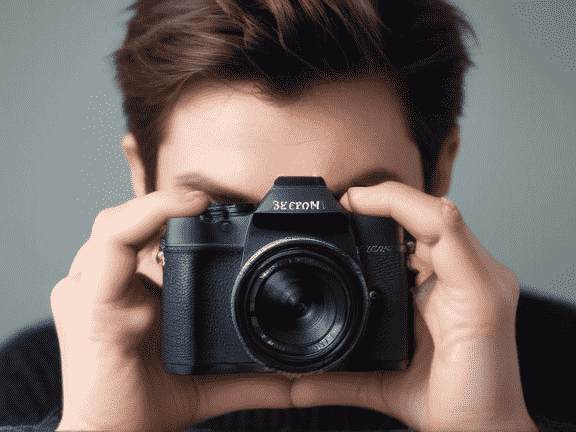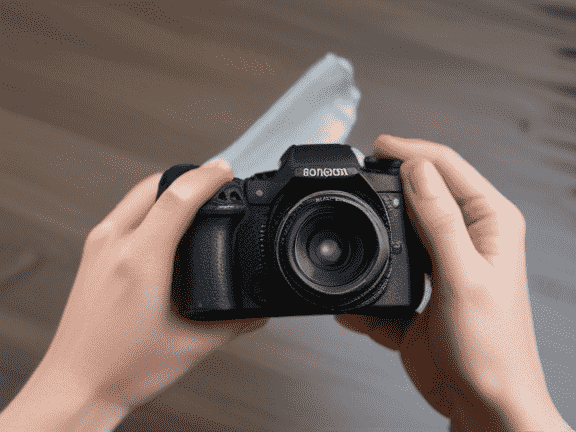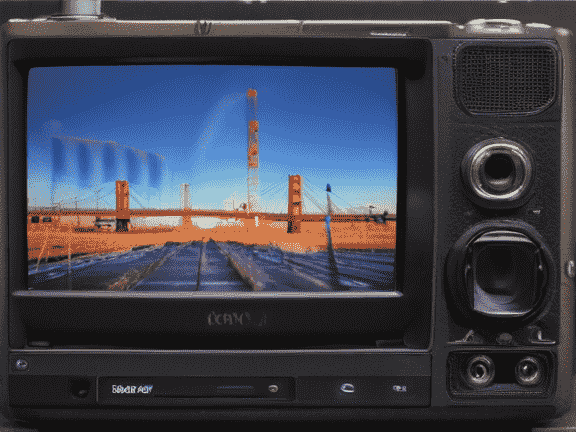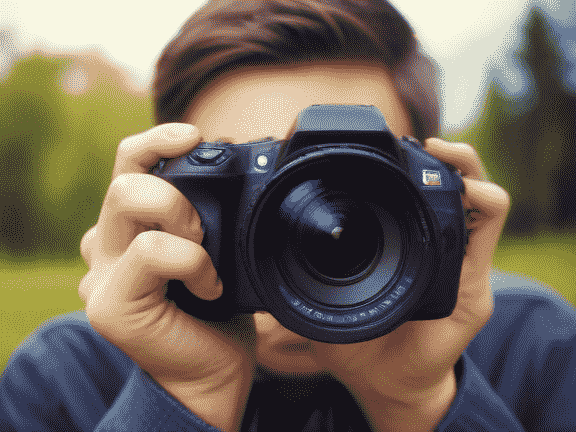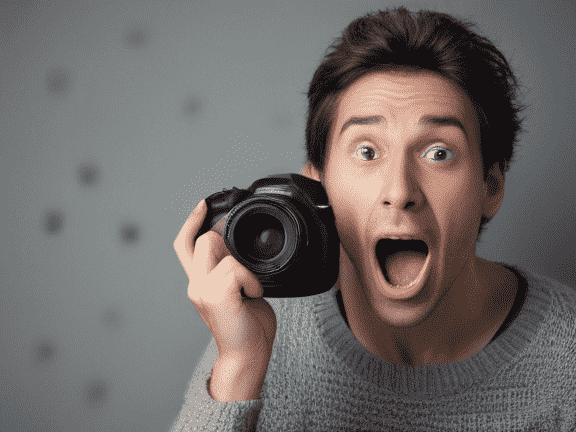Optimizing Digital Camera Selection Using S4 Hana for Businesses
Modern enterprises seeking competitive advantages are increasingly turning to S4 HANA for businesses to revolutionize their operational efficiency. This next-generation ERP system leverages intelligent automation to streamline complex business processes while providing real-time analytics that enable lightning-fast decision-making.
Companies implementing this advanced platform experience enhanced productivity, reduced operational costs, and improved customer satisfaction through automated workflows and instant access to critical business intelligence. The transition to such sophisticated enterprise solutions mirrors the evolution we see in other technological fields, where precision, performance, and adaptability have become essential criteria for success.
Understanding Camera Types and their Applications
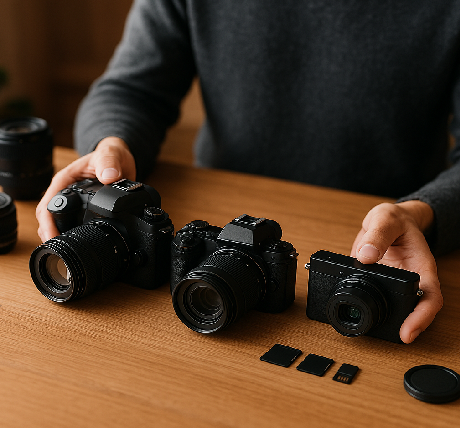
Digital cameras have evolved dramatically, offering photographers and videographers an extensive range of options to suit different creative needs and budgets. DSLR cameras remain popular among professionals due to their exceptional image quality, extensive lens compatibility, and robust build quality. These cameras feature interchangeable lenses, manual controls, and larger sensors that capture more light, resulting in superior image clarity and depth of field control.
Mirrorless cameras have gained significant traction, offering comparable image quality to DSLRs while being more compact and lightweight. It outshines DSLRs in video recording, that is typically equipped with next-gen autofocus technology and built-in image stabilization. Point-and-shoot cameras provide convenience for casual users who want high-quality images without the complexity of manual settings.
Key Technical Specifications to Consider
Sensor size plays a crucial role in determining image quality, with full-frame sensors capturing more light and producing better low-light performance than crop sensors. Higher resolution doesn’t always translate to better images, as larger pixel counts can introduce noise in challenging lighting conditions. The sweet spot for most photographers lies between 20-30 megapixels, providing sufficient detail for large prints while maintaining manageable file sizes.
ISO performance determines how well a camera handles various lighting conditions.
Modern cameras with good high-ISO performance can shoot effectively in dimly lit environments without excessive grain or noise. Look for cameras that maintain clean images at ISO 1600-3200 for versatility in different shooting scenarios.
Lens Selection and Compatibility
The lens ecosystem significantly impacts long-term camera satisfaction and creative possibilities. There are known camera brands that are offering extensive lens libraries with options ranging from budget-friendly to professional-grade optics.
Prime lenses offer superior image quality and wider apertures for better low-light performance and shallow depth of field effects. Zoom lenses are perfect for those who are doing travel photography. It works wonders when presented with challenging situations where changing lenses is impractical. Regardless, it is smart to consider your primary shooting style when deciding between prime and zoom options.
Video Capabilities and Recording Features
Video recording has become increasingly important for modern cameras, with 4K resolution now standard on most mid-range and professional models. Frame rate options determine the smoothness of motion and creative possibilities for slow-motion effects. Cameras offering 60fps or higher at 4K resolution provide more flexibility for video production.
Image stabilization technology, whether in-body or lens-based, significantly improves video quality by reducing camera shake. Dual-pixel autofocus and eye-detection features enhance video recording by maintaining sharp focus on moving subjects. Professional video features like flat picture profiles, external recording capabilities, and headphone monitoring ports are essential for serious videographers.
Budget Considerations and Value Assessment
Camera prices vary dramatically based on features, build quality, and target market. Entry-level cameras under $500 offer excellent value for beginners, while professional bodies can exceed $3000. Consider the total cost of ownership, including lenses, memory cards, additional batteries, and accessories when establishing your budget.
